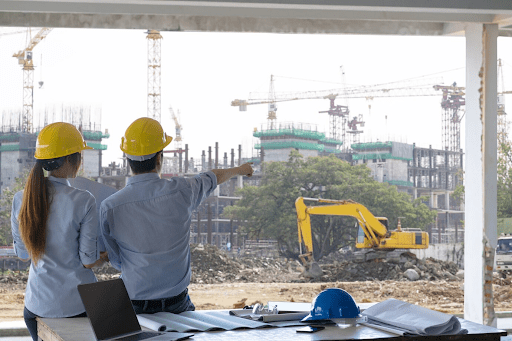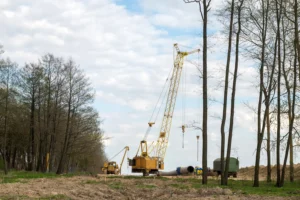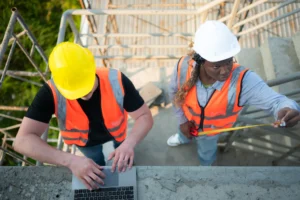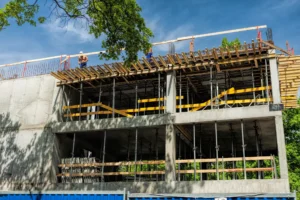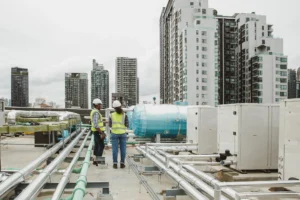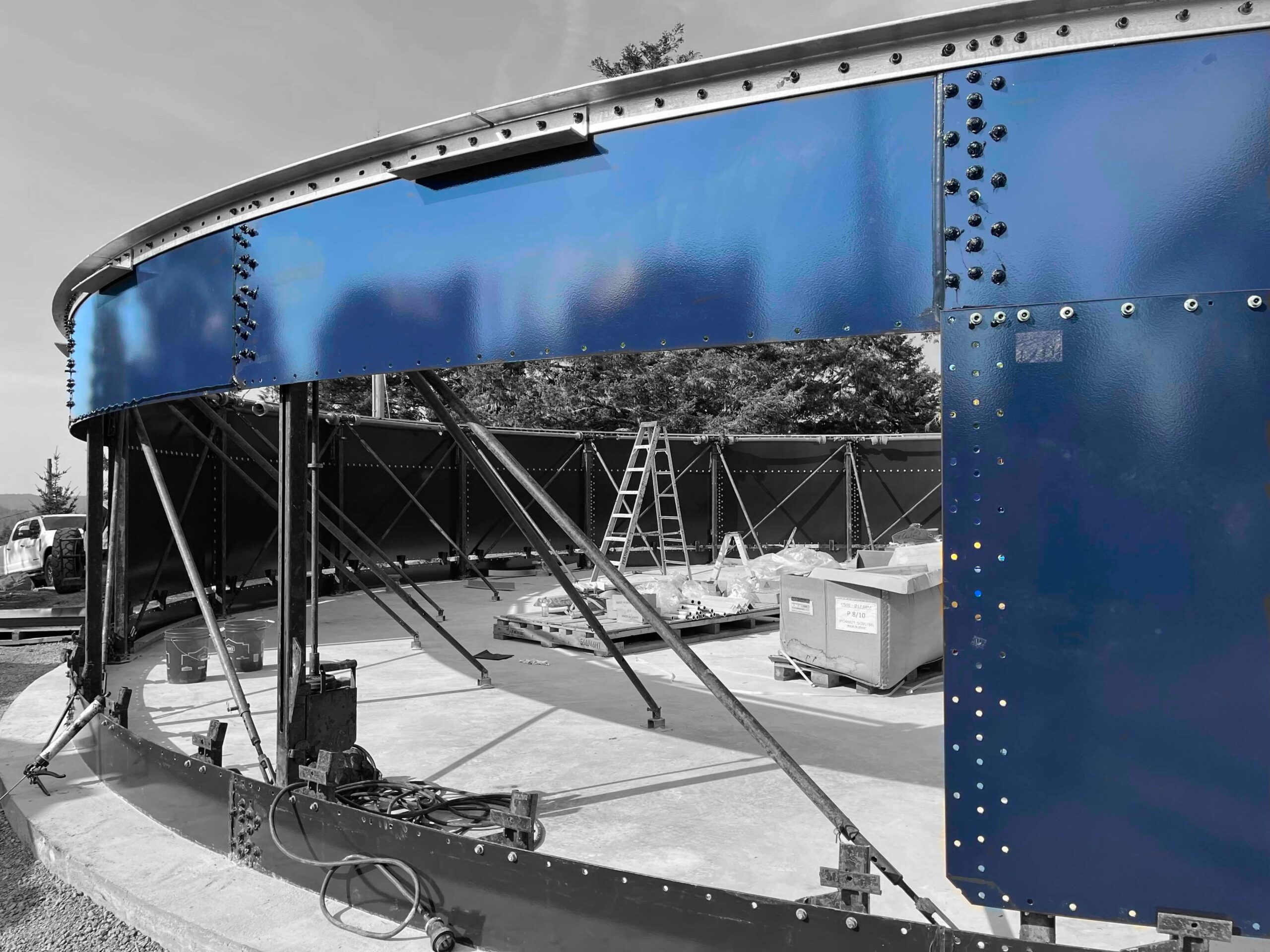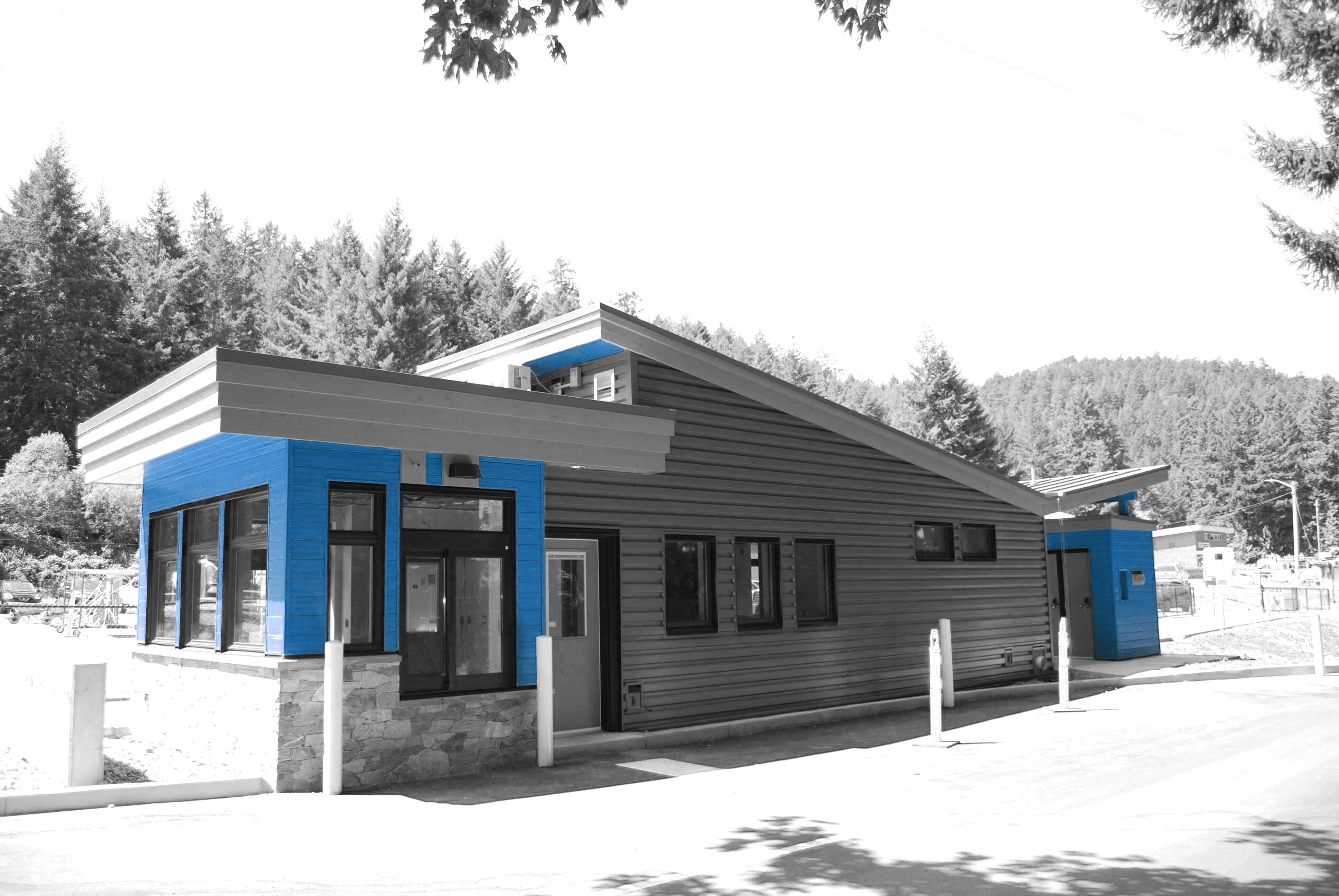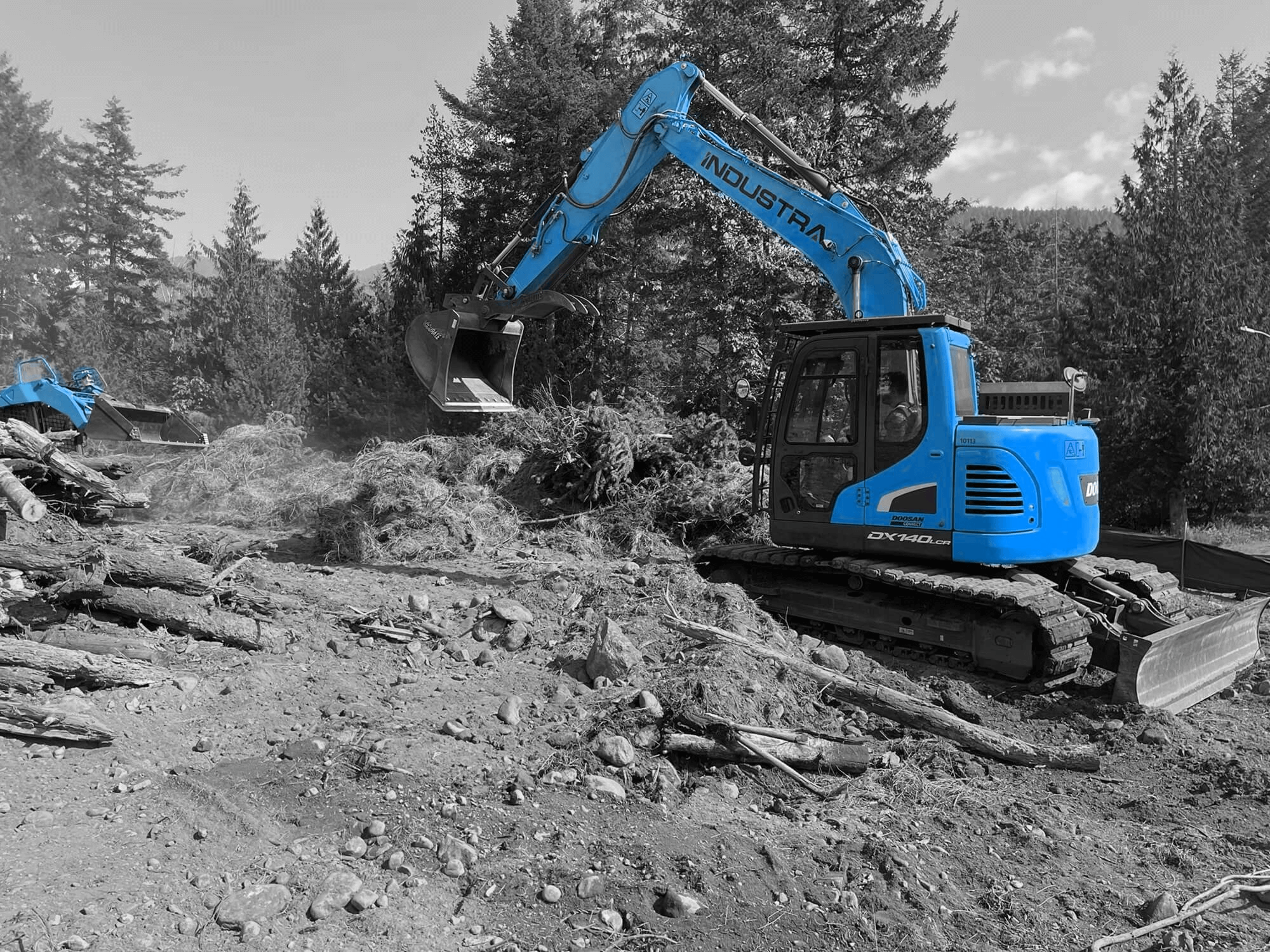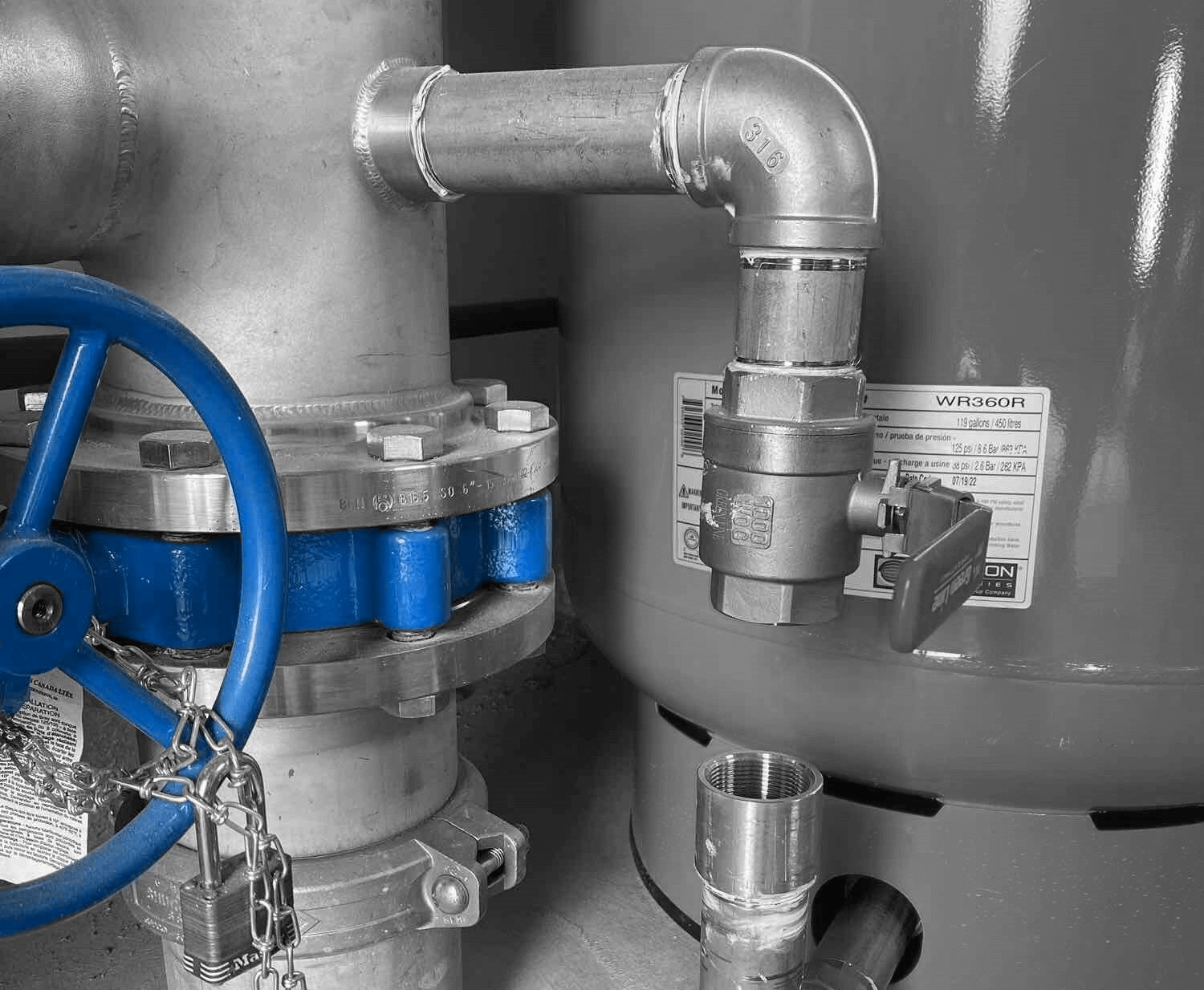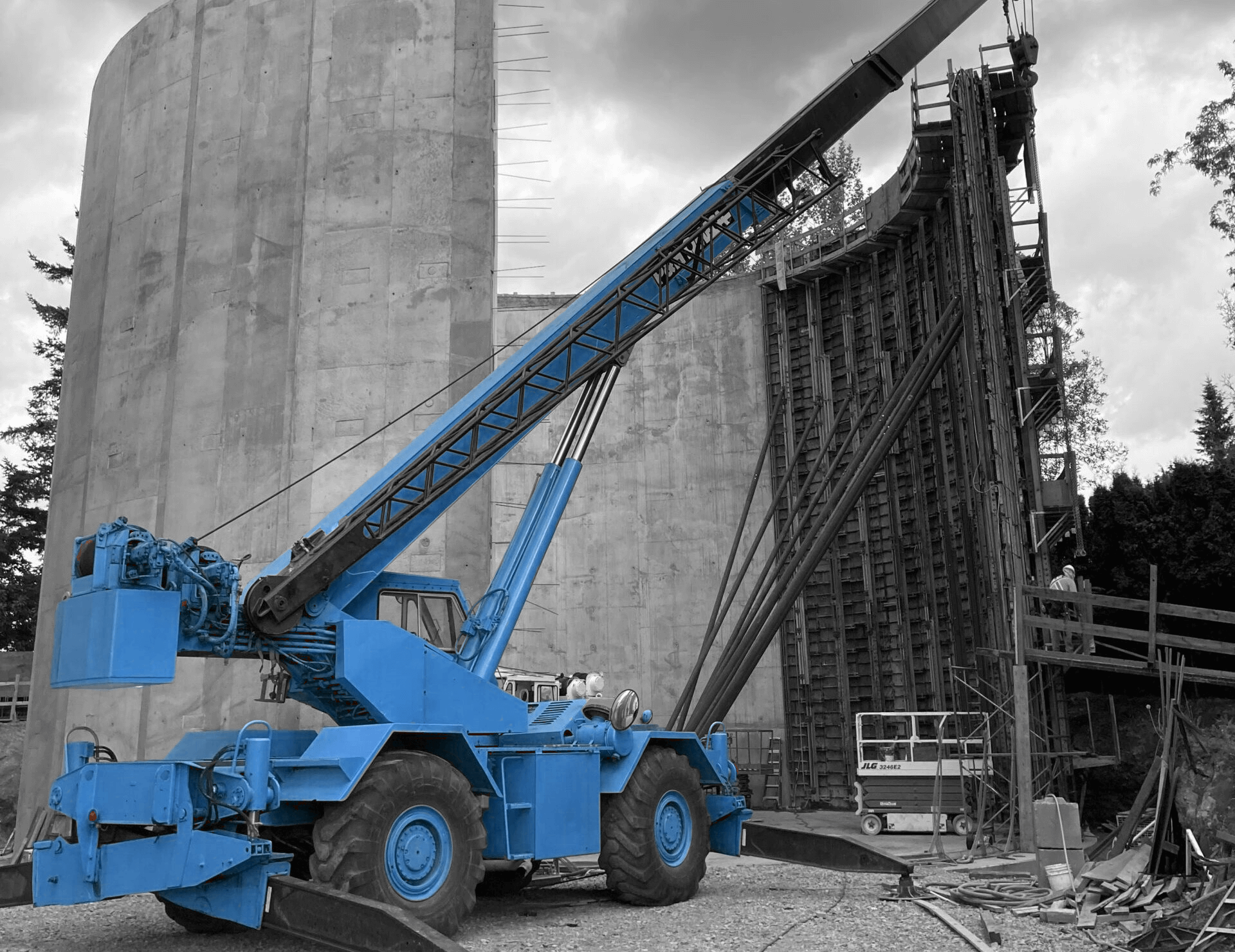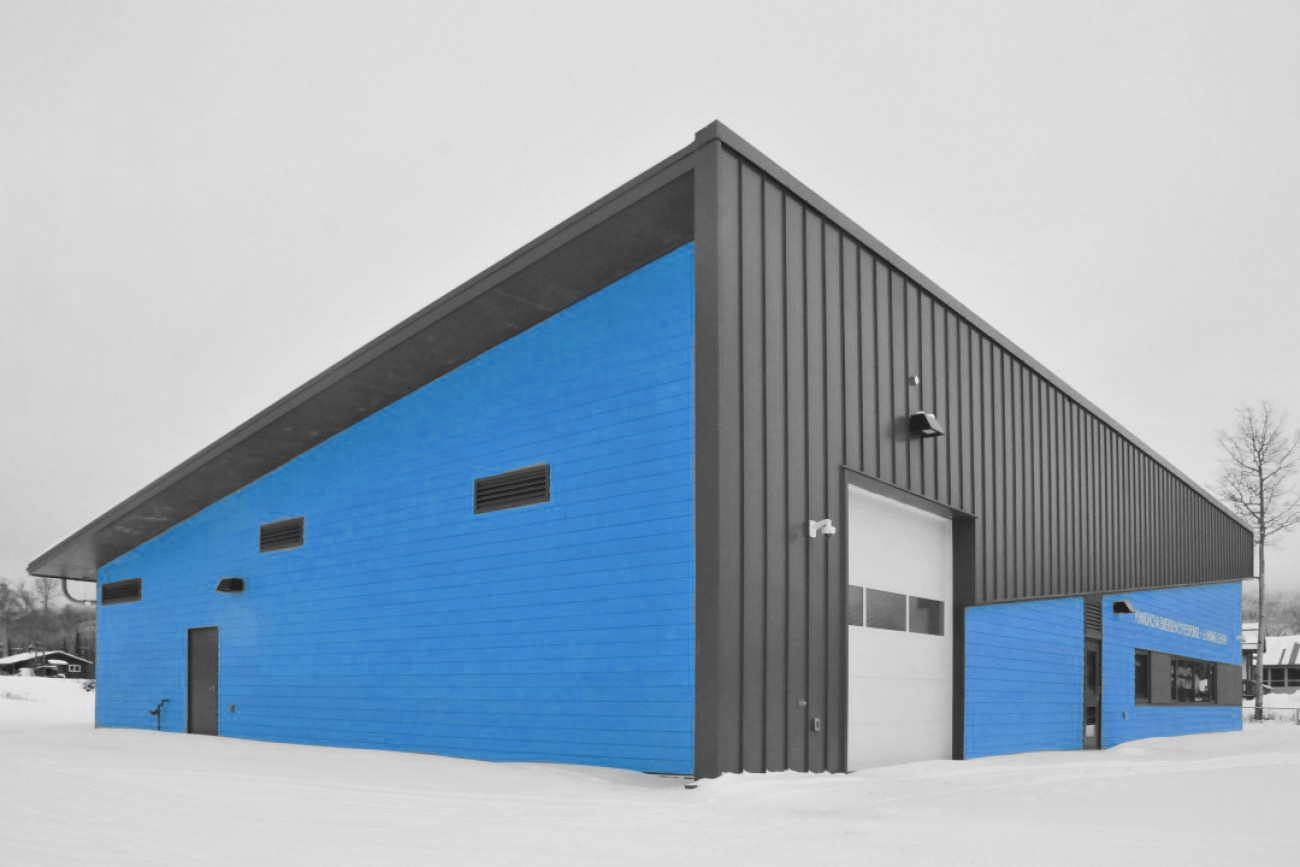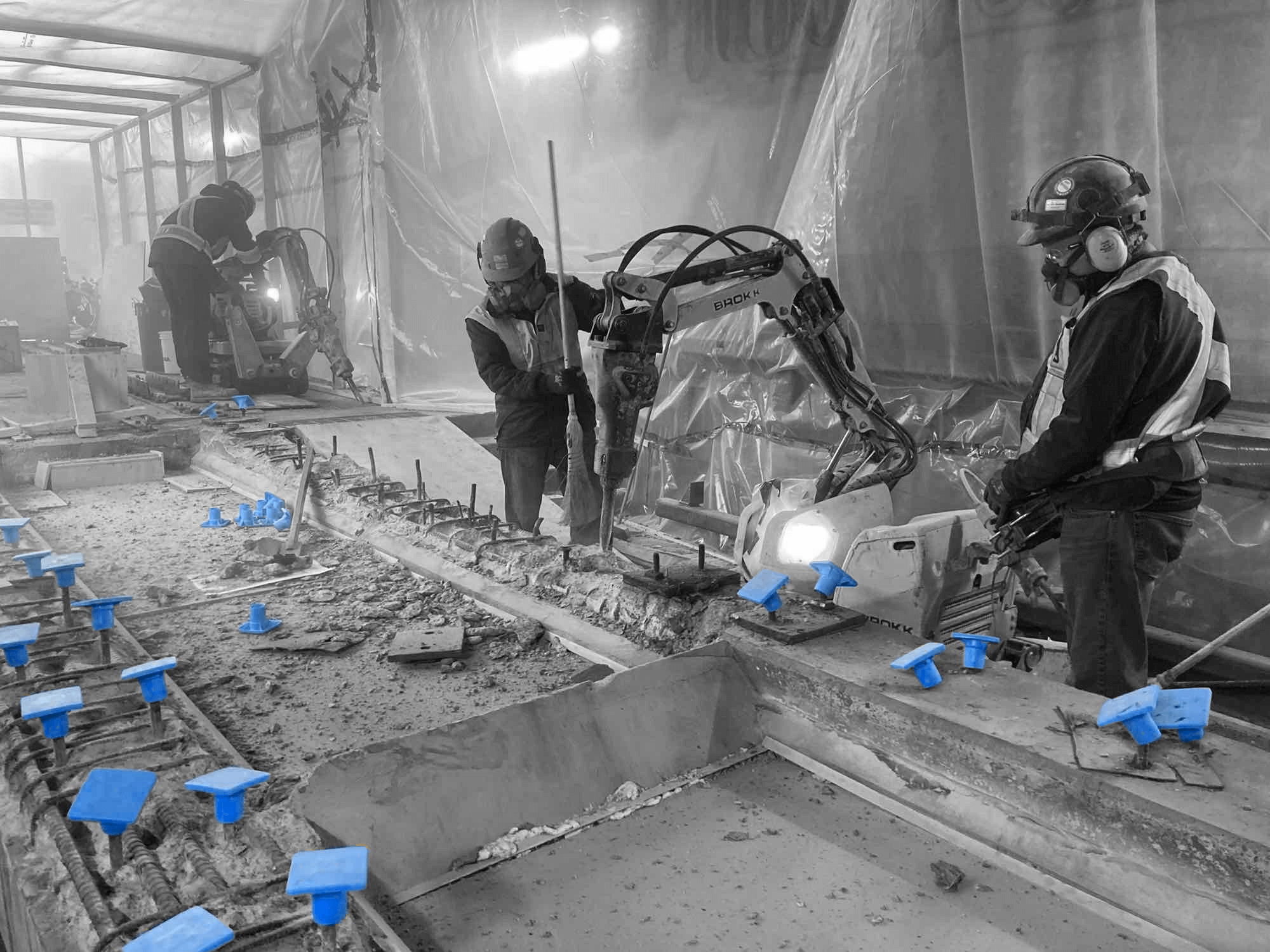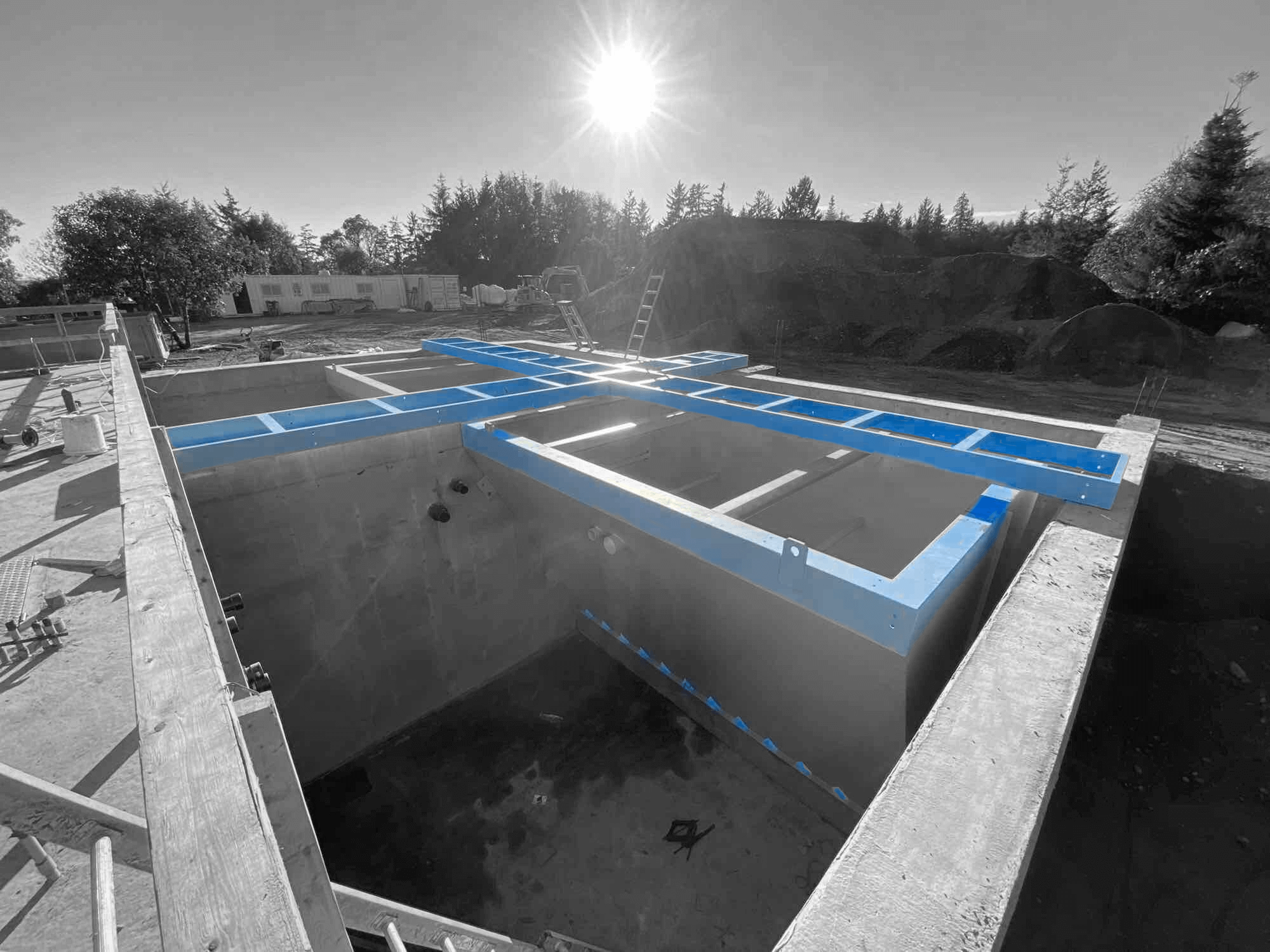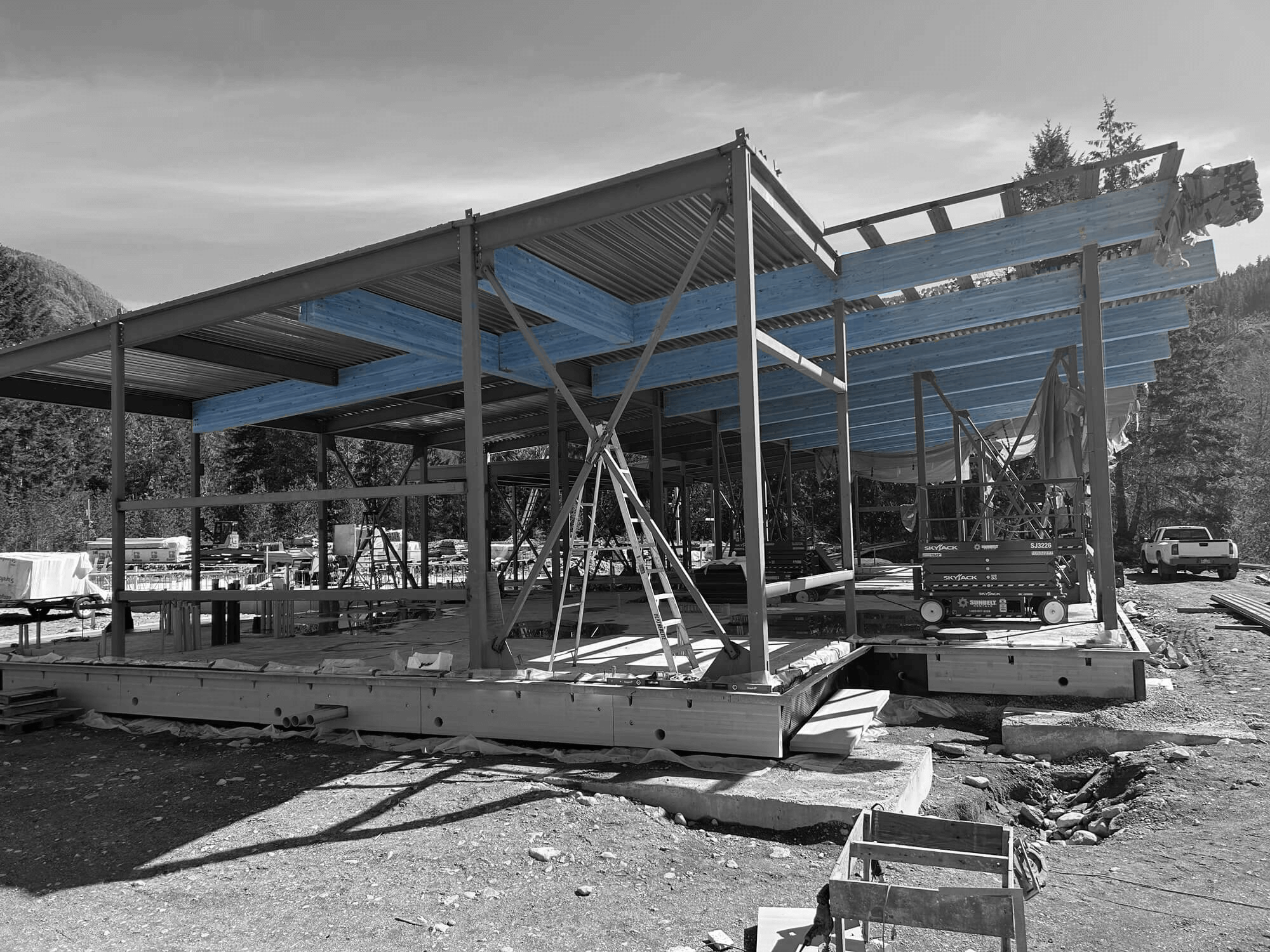Water is a vital resource, and its cleanliness is essential for health and well-being. Civil construction is crucial in ensuring clean water reaches communities, forming the backbone of our water infrastructure. These structures are vital for delivering safe, drinkable water, from underground pipelines to towering water treatment facilities.
Sustainable practices in civil construction are increasingly important, helping to protect our precious water resources. By adopting eco-friendly techniques and using advanced technologies, construction projects can minimize environmental harm while maintaining high water quality standards. Addressing challenges in modern water infrastructure, these practices pave the way for a future where clean water is accessible.
Understanding the Role of Civil Construction in Water Infrastructure
Civil construction is essential in building and maintaining water infrastructure systems. These systems ensure that clean water is available for communities, businesses, and industries. Civil construction involves designing, building, and maintaining structures like dams, pipelines, and sewage treatment plants. These elements are crucial for transporting and treating water, making them vital for supporting public health and safety.
The backbone of water infrastructure consists of several interconnected components. Water treatment plants are large facilities where water is cleaned and purified before being distributed. Pipelines transport this treated water to homes and businesses. Sewage systems collect and treat wastewater, preventing pollution in natural water bodies. Dams store large amounts of water quantities and regulate flow, ensuring a steady supply even during dry periods.
Civil construction supports these components through:
– Dam Construction: Ensures proper water storage and flood control.
– Pipeline Installation: Provides safe and efficient transportation of water.
– Drainage Systems: Manages stormwater and reduces flooding risks.
– Treatment Plants: Cleans water to meet health and safety standards.
By building and maintaining these structures, civil construction contributes significantly to the reliable supply of clean water to communities, thus supporting overall health and development.
Techniques in Civil Construction for Water Purification
Civil construction uses various techniques to enhance water purification systems. These methods aim to remove contaminants from water, ensuring it is safe for consumption. Engineers and developers constantly explore improved techniques to make the purification process more effective.
One popular method involves using multi-barrier approaches. This technique combines several purification stages to remove different types of pollutants. Each stage targets specific impurities, such as solid particles, organic matter, or bacteria. This comprehensive approach significantly improves water quality.
Innovative materials also play a critical role in water purification. Advanced filtration membranes effectively trap tiny particles that older systems might miss. These membranes have improved durability and efficiency, making them ideal for high-demand environments.
Here are some methods and materials that boost water quality:
– Activated Carbon Filters: Absorb impurities and improve taste and odour.
– Ultraviolet (UV) Light: Destroys harmful microorganisms without chemicals.
– Reverse Osmosis: Removes dissolved particles and contaminants.
– Advanced Oxidation Processes (AOP): Breaks down pollutants at the molecular level.
By integrating these techniques, civil construction enhances water purification, ensuring communities receive clean and safe water. These advancements improve health outcomes and increase trust in water supply systems.
Sustainable Practices in Civil Construction
Sustainable practices in civil construction are becoming central to projects that focus on water conservation and quality. Construction teams aim to reduce their projects’ environmental impact by integrating eco-friendly techniques. This approach benefits ecosystems and builds trust with communities concerned about water sustainability.
One way to achieve sustainability is by using materials with minimal environmental impact. Recycled materials are increasingly used in construction, reducing waste and conserving resources. Green roofs and permeable pavements are popular choices that efficiently manage stormwater and improve groundwater recharge.
Sustainable construction also involves technologies that ensure responsible water use. For instance, rainwater harvesting systems capture and store rainwater for various applications. Water-efficient fixtures and fittings help conserve water, further reducing buildings’ environmental footprint.
Key sustainable practices include:
– Energy-Efficient Systems: Reduce energy consumption during construction and operation.
– Water Recycling Systems: Treat and reuse wastewater on-site.
– Bioswales and Vegetative Buffers: Naturally filter runoff and improve water quality.
– Smart Monitoring Tools: Track water use and detect leaks early.
Civil construction projects prioritizing sustainability can protect water resources, ensuring they remain clean and available for future generations.
Challenges and Solutions in Water Infrastructure Projects
Civil construction projects for water infrastructure often face a range of challenges. These obstacles include unexpected geological conditions, regulatory hurdles, and budget constraints. Understanding these challenges is key to finding effective solutions that keep projects on track and within budget.
Weather conditions can disrupt construction timelines. Heavy rain or extreme temperatures can delay work and damage materials. To combat these challenges, project managers plan for weather-related disruptions by setting flexible timelines and using weather-resistant materials.
Regulatory compliance also presents hurdles. Projects must meet various environmental standards and safety regulations. Engaging with regulatory bodies early in planning helps ensure compliance and reduces delays.
Here are some common challenges and solutions:
– Geological Surprises: Use detailed geological surveys to anticipate issues.
– Budget Overruns: Implement strict budget controls and regular financial reviews.
– Labour Shortages: Cultivate a skilled workforce through training and development.
– Technology Integration: Provide training to ensure smooth adoption of new technologies.
By proactively addressing these challenges, civil construction projects can deliver reliable water infrastructure that effectively meets communities’ needs.
Conclusion
Civil construction significantly impacts our access to clean water. From building critical infrastructure to employing advanced purification techniques, civil construction ensures safe water reaches homes and businesses. Sustainable practices are more than just a trend; they’re vital for conserving our water resources and the health of our environment. By addressing challenges head-on and employing innovative solutions, civil construction continues to improve efficiency and reliability.
Industra Construction Corp. is committed to leading the way in sustainable and effective civil construction. Our expertise in water infrastructure projects ensures that your community benefits from safe and reliable water systems. Contact us today to learn how we can bring these solutions to your next project while maintaining high standards of excellence and sustainability.


